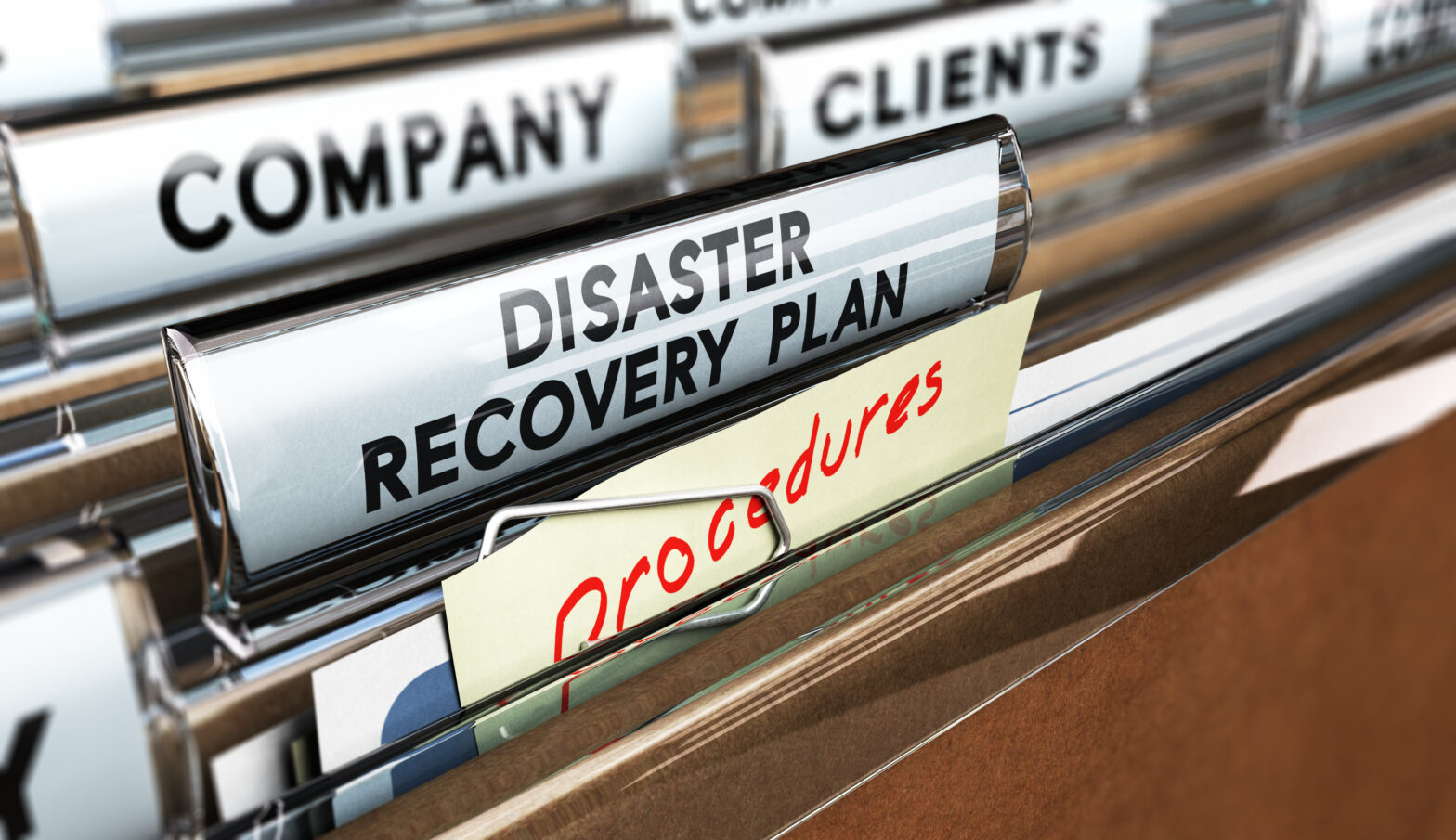The majority of small firms across the UK are putting technology at the heart of their business. Seventy-one per cent of UK small business owners now rely on mobile or web-based applications to run their operations. But what happens when the technology fails?
Technology, including smart cards, advanced computer software and encrypted PIN numbers are all part of day-to-day business life. However, this reliance on technology means businesses are more vulnerable than ever to unforeseen disasters such as power failure, cyber-attacks or even simple human error.
Many businesses don’t have plans in place to mitigate the disruption this can cause.
There isn’t a ‘one size fits all’ approach when it comes to contingency planning and disaster recovery. Every business is unique and therefore every contingency plan will be different, but there are several key scenarios where contingency plans are essential.
Payment processing
One of the most crucial services for almost all businesses is being able to continue to process payments, whether it be for staff wages, to pay suppliers or to take payments from clients. Whatever payment method used, it’s vital that any unforeseen disasters don’t disrupt the collection of an organisation’s payments, as this could potentially result in lost business, disgruntled employees or defaults on contractual obligations.
This is particularly relevant if a business collects payments using automated systems like Direct Debit and Bacs Direct Credit – this business is responsible for collecting and making payments on time, every time, regardless of what disaster happens.
Iain Dougal, director of pets’ retail chain store, Pets Corner found himself in a disaster situation when he misplaced his Bacs Smart Card PIN number and as a result couldn’t process his employee’s monthly wages.
It was vital Pets Corner could do this at the agreed time. They contacted their bank, who referred them on to us. We provided emergency support by linking Pets Corner’s Service User Number (SUN) to the First Capital Cashflow bureau number which allowed us to take control and ensure that salaries and wages were paid on time. The situation was quickly remedied, but Iain faced a tense time as he didn’t have a plan in place before the problem occurred.
As in Iain’s case, if a business is unable to process payments, be this because of theft, damage to computers, cyber-attacks or because of simple human error, they need to speak to a payment bureau that offers an emergency processing service and who are able to react quickly and offer an immediate emergency service.
However, if Iain had a full contingency plan, detailing what emergency response to take in this situation, the process would have been much less stressful. Knowing he could contact a payment bureau for immediate emergency processing, would have given him the reassurance that he had a system to follow should any issues arise.
Having payment contingency plans in place are vital to ensure an organisations cash keeps flowing. Appointing a payment bureau for full time processing can go a long way to support this as all solutions come with built-in disaster recovery.
Cyber security
According to the Business Continuity Institute’s Horizon Scan 2017 report, a cyber attack is the number one concern for business continuity professionals for the third year running. Hacks and data breaches are the most common cyber-attacks and the threat of sensitive information being leaked is every business’s worst nightmare.
Over the past few years a number of the UK’s biggest organisations have experienced unforeseen disasters. First it was Morrison’s, then Marks and Spencer and even the NHS. Small and medium-sized companies are also constantly at risk from harmful viruses that have the potential to completely lock files, remove access to data and even shut down an entire operation.
In this case, a thorough back-up plan is paramount to ensure that information is protected and vital systems can continue to operate. One way to do this is to use a cloud-based solution. If damage is sustained to local software, systems can be accessed remotely, anytime and anywhere, should the office be temporarily closed for whatever reason. The cloud also provides an extra layer of security, eliminating the potential threat of data being affected by incidents that may arise at a company’s offices – such as burglary or human error.
Planning ahead, and choosing the best software, is a key part of being prepared for an emergency. Many businesses put off changes until it’s too later – it pays to be prepared and upgrade systems to ensure continuity of service.
Planning
The best way to tackle any disaster is to be prepared. Having comprehensive plans in place beforehand safeguards essential services and goes a long way to helping a business get back on to its feet as quickly as possible.
While these scenarios are all very different, the process of contingency planning is largely the same.
A business’s owner or senior management team need to sit down and work out exactly which processes it absolutely cannot afford to stop in the event of any disaster – regardless of what the disaster is. They then need to devise a comprehensive strategy to continue that process in the event that a disaster occurs.
The specifics of the contingency plan will vary dependent on the process, but options include outsourcing to trusted partners/experts and working remotely.
The key thing is to put a realistic plan in place. This means should the worse happen (and I hope it never does), staff can follow a simple procedure to make sure important services remain operational, leaving them to focus on getting everything else back up and running as quickly as possible.
Jo Gibson is operations director at First Capital Cashflow.





